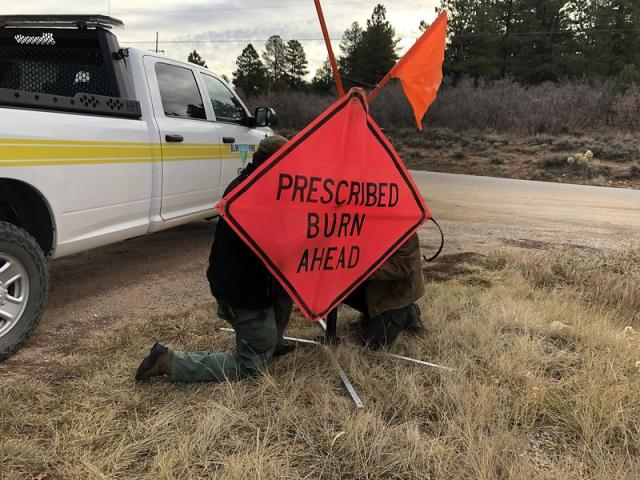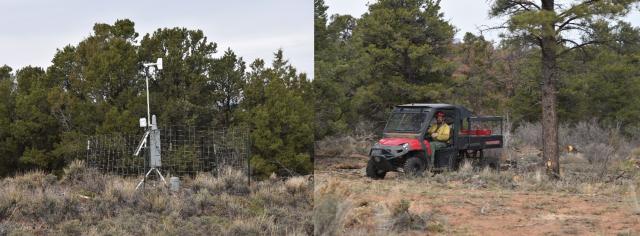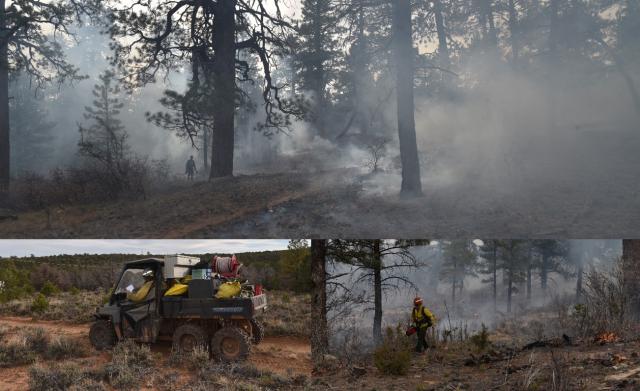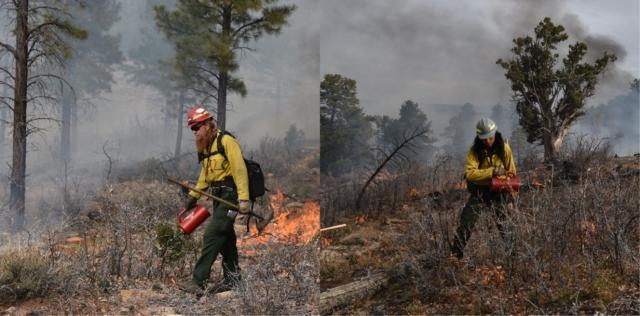Related Stories
- Strategic fuel break prevents wildfire spread across U.S.–Mexico border
- Progress on Public Lands: BLM 2025 Trump Administration Accomplishments | January 20 - December 31, 2025
- Rural wildland firefighting partners grateful for BLM gift
- BLM Fire Team brings Smokey Bear to Kingman’s Street of Lights
- BLM hosts fire investigation training course to strengthen wildland fire investigation capacity across Arizona and the West
Office
82 East Dogwood
Moab, UT 84532
United States
Phone:
Email:






